The beautiful snow McMurdo is blanketed by has forced the DOM team into a couple days of quiet time- a chance to tie up loose ends with some data collection, begin to clean and box up the lab for the winter, organize samples, and rest. It is a well-deserved couple of days as Collin, Mike, and Heidi wait for the snow to stop falling long enough for them to take a helicopter out to the Cotton GlacierA mass of ice that persists for many years and notably deforms and flows under the influence of gravity. for the final sampling trip of the season.
I used this time to answer quite a few very wonderful questions sent to the Ask the Team section of this PolarTREC site. Thanks to all of you who shared their curiosity with the rest of the Polar Enthusiasts! One of the questions I received asked about the shape of the Weddell Seals teeth and how it helped them chew through the sea ice to maintain openings to haul out from. I found great examples today to illustrate the shape of the teeth and thought I would share them in this journal as an additional enticement to get more of you to send questions to the Ask the Team section of the DOM site.
The canine and incisor teeth of the Weddell Seals are pointed forward, unlike our canines and incisors, which are typically straight up and down. This adaptation in the Weddell is amazing in many ways- can you imagine how useful it is to have "digging" teeth, but it is also detrimental to the longevity of the seal. Their teeth wear down over the years until they are no longer able to dig and must find holes carved out by others when they can. Living off the support of other Weddell Seals does not always work, and older seals with worn down teeth pass away, sometimes long before the average life expectancy is met.
In the foyer of the Crary Science Building we have cases filled with Antarctic artifacts, some of which are skulls of Antarctic marine mammals, including a couple of Weddell Seals. Compare the teeth of the Weddell Seal to that of another Antarctic seal, the Leopard Seal.
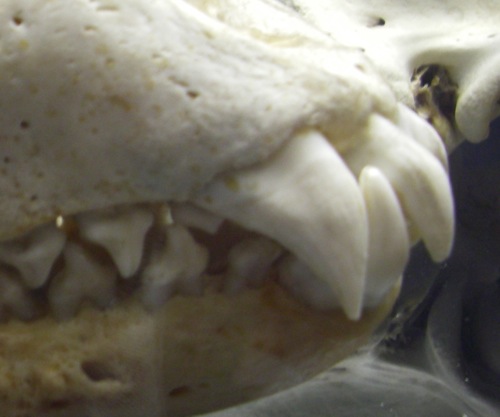
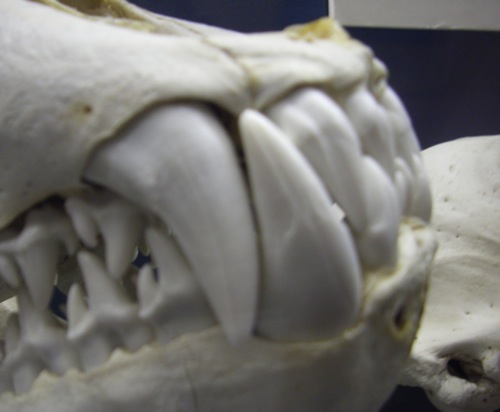
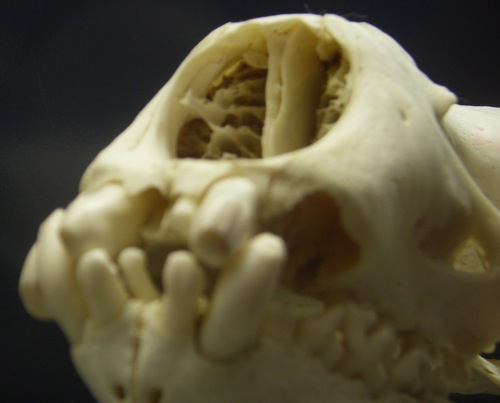
The rest of this journal is for all of you who were fascinated by "big trucks" as a child, or maybe even as an adult- just a smattering of the forms of transportation we have in and around Antarctica. There are trucks, bulldozers, ice-saw rigs, old-fashioned, but still essential, sledges, and planes, but no typical automobiles like you find throughout the rest of the world. Around McMurdo the beeps, honks, rumbles, and growls of these machines are the background noise to this hustling and bustling research station.
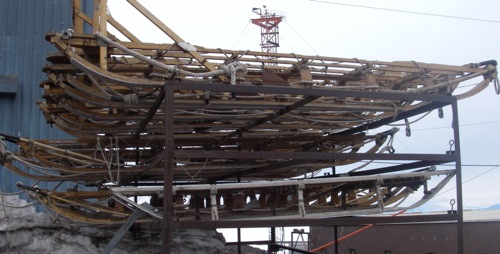
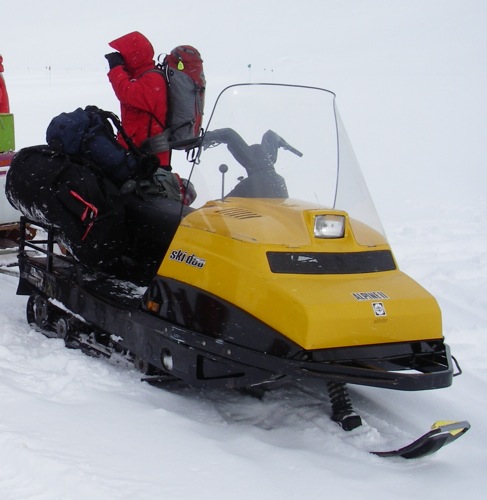
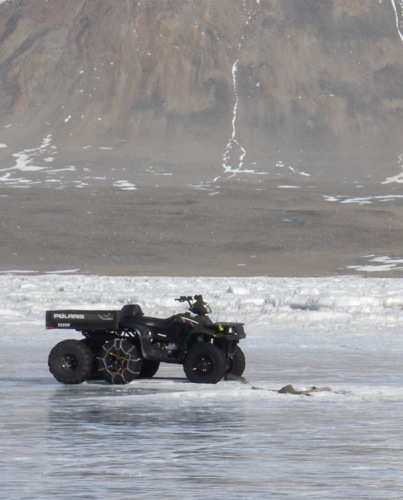

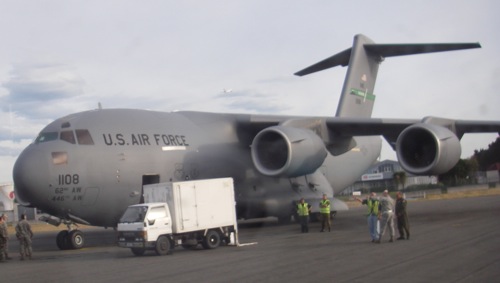
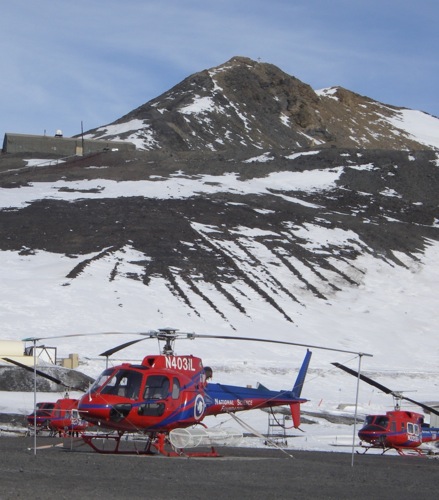
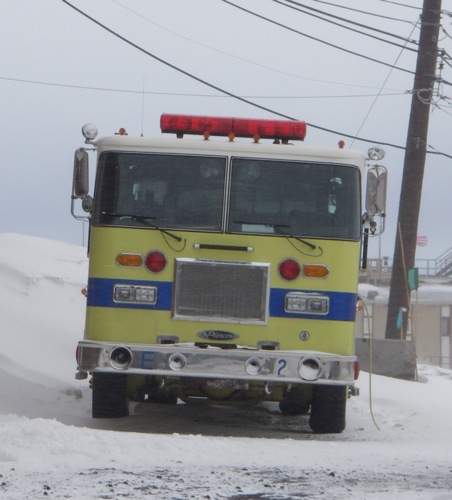
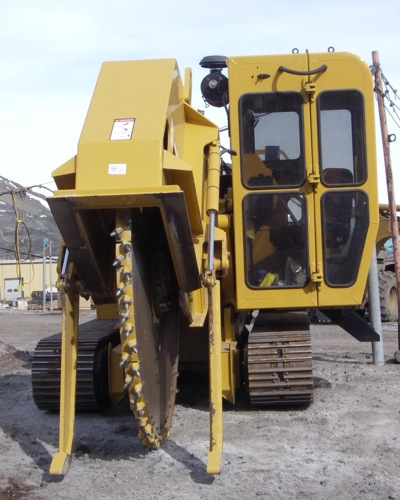

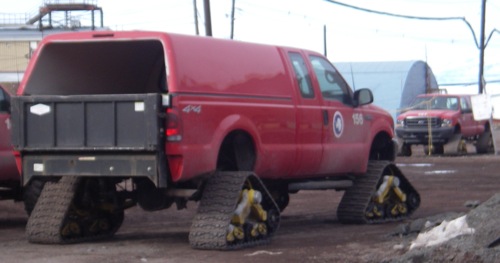
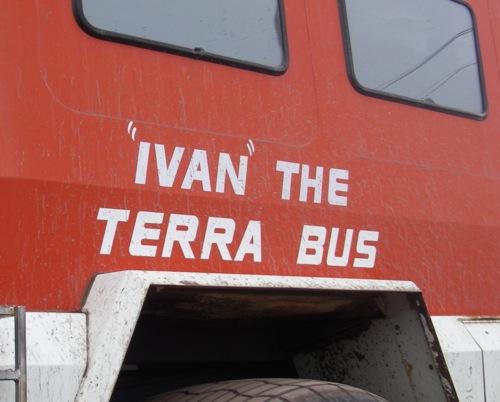
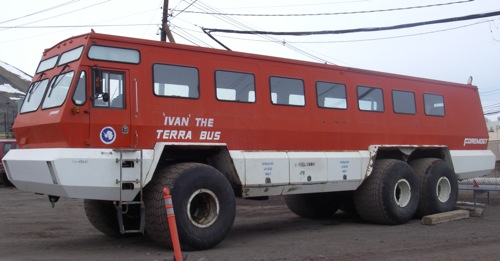
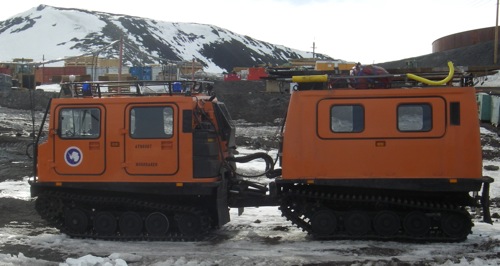
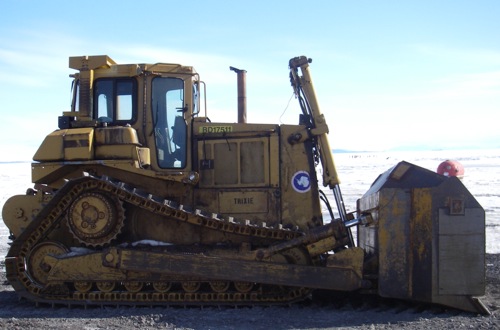
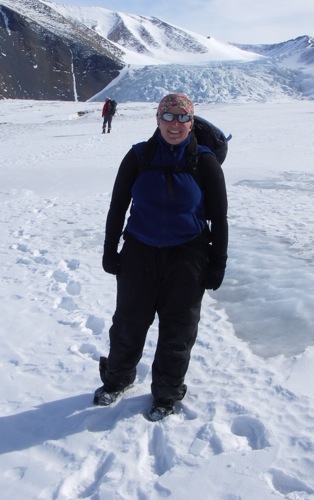


Comments